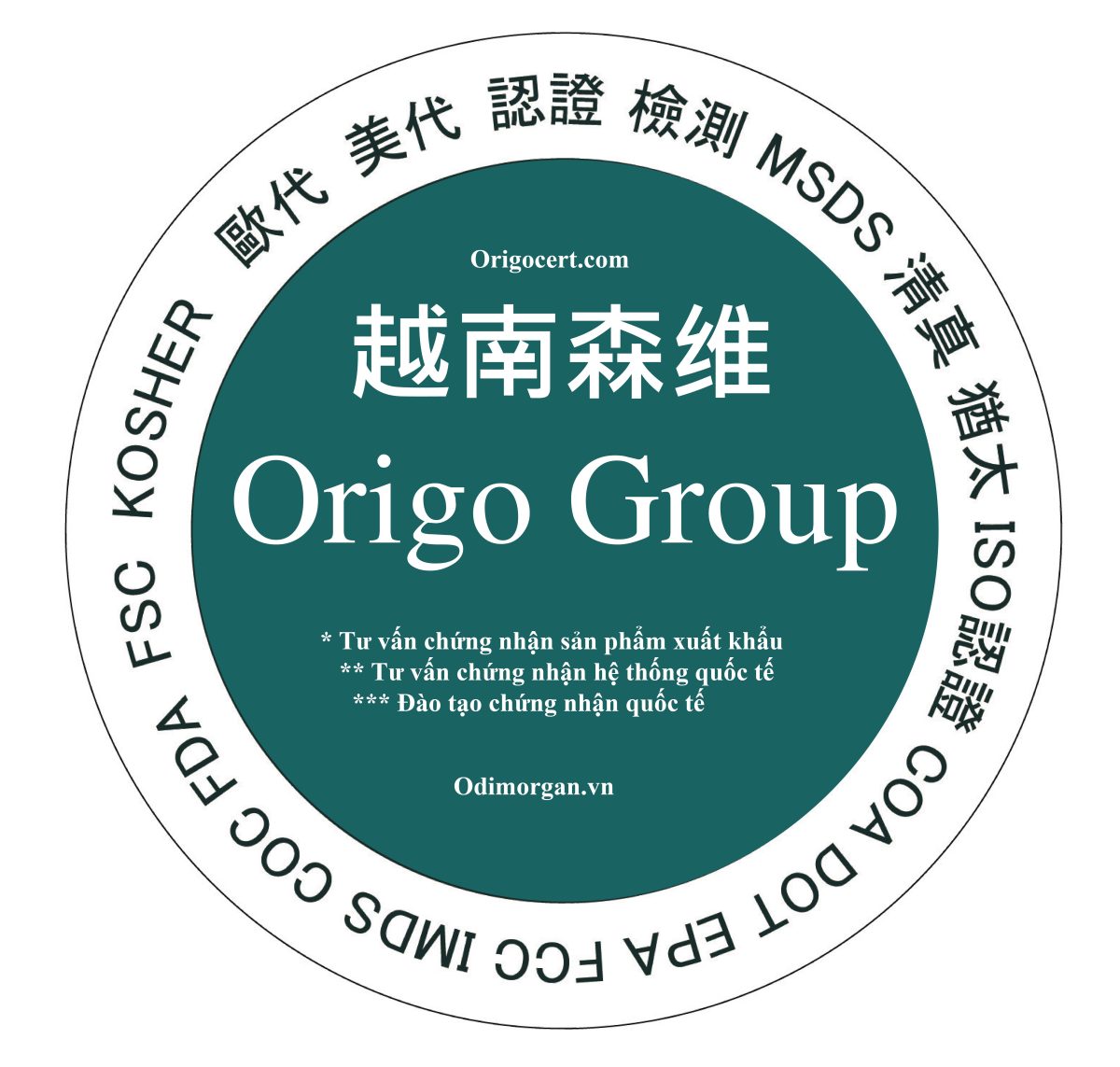When it involves our body’s immune system, lymph nodes play an important role in preventing infections and illness. These tiny, bean-shaped frameworks are scattered throughout the body and are a vital part of our lymphatic system. In this article, we will certainly discover the dimension and function of lymph nodes carefully, providing you with a thorough understanding of their significance in maintaining a healthy and balanced body immune system.
What are Lymph Nodes?
Lymph nodes are tiny, oblong or round glands that are part of the lymphatic system, together with lymphatic vessels, spleen, tonsils, adenoids, and bone marrow. These nodes work as filters for the lymphatic fluid, which brings waste materials, pathogens, and various other foreign materials far from the cells and towards the heart. They play a crucial duty in spotting, trapping, and ruining unsafe virus and cancer cells prior to they can spread out throughout the body.
There are thousands of lymph nodes in the body, with clusters existing in certain regions. One of the most popular clusters include those in the neck, underarms, groin, upper body, and abdomen. These regions usually have a greater focus of lymph nodes due to their proximity to major body organs and blood vessels.
Lymph nodes are usually small, varying in size from a few millimeters to concerning 1-2 centimeters. Nevertheless, they can enlarge dramatically in response to infection, inflammation, or the existence of cancer cells.
Size and Variation of Lymph Nodes
The size of lymph nodes can differ considerably depending on various aspects, including age, location, and total health and wellness. Typically, healthy and balanced lymph nodes are not quickly really felt or seen, as they are little and reasonably soft. Nevertheless, throughout an infection or disease, lymph nodes can come to be swollen, tender, and more popular.
Normal-sized lymph nodes are typically much less than 1 centimeter in size, while bigger lymph nodes can measure 1-2 centimeters and even bigger. Sometimes, lymph nodes can grow to greater than 5 centimeters in size because of severe infections or specific medical conditions.
It is necessary to keep in mind that the size of an enlarged lymph node does not establish the extent of the underlying condition. Some infections or illness might trigger significant lymph node enhancement, while others might not trigger obvious swelling.
The texture of lymph nodes can additionally vary, ranging from soft and rubbery to hard and firm. This variant can offer useful clues toner liek na čistenie ciev to medical professionals when diagnosing the underlying cause of lymph node augmentation.
Functions of Lymph Nodes
Lymph nodes serve several necessary features in the body’s immune response:
- Filtering: Lymph nodes serve as filters, trapping and getting rid of foreign compounds, including germs, viruses, cancer cells, and mobile debris, from the lymphatic fluid. This procedure aids prevent the spread of infections and conditions throughout the body.
- Immune Action: Lymph nodes contain specialized immune cells, such as lymphocytes and macrophages, which aid launch an immune reaction against microorganisms. These cells recognize and damage unsafe substances, additionally avoiding the spread of infection.
- Production of Antibodies: Lymph nodes play an essential duty in the production of antibodies, which are healthy proteins that neutralize unsafe substances and boost the body immune system’s ability to eliminate infections.
- Communication and Sychronisation: Lymph nodes facilitate interaction and coordination between various immune cells and organs, making sure an effective and reliable immune feedback.
When to Look For Clinical Attention
For the most part, lymph node enhancement is a regular action to infection or swelling and solves by itself. Nevertheless, specific circumstances might warrant medical focus:
- Consistent Enhancement: If a lymph node stays bigger for an extensive duration, does not solve, or continues to grow, it might suggest an underlying clinical problem that calls for evaluation.
- Discomfort or Tenderness: If a puffy lymph node is come with by serious discomfort, tenderness, or redness, it could be a sign of infection or various other complications.
- Generalized Enhancement: If several lymph nodes throughout the body are bigger, it may show a much more systemic issue that requires medical attention.
- Other Signs and symptoms: If lymph node enhancement is accompanied by other concerning signs and uromexil forte erfahrungen symptoms such as unusual weight loss, evening sweats, or consistent fever, it is a good idea to seek medical advice.
Conclusion
Lymph nodes are crucial components of our immune system, assisting prevent infections and illness. Their little dimension and dispersed areas enable them to efficiently filter lymphatic fluid and find harmful materials that can jeopardize our health. Understanding the functions and variations in lymph node size can aid individuals acknowledge when medical interest is needed. Remember, while lymph node augmentation is often a regular feedback, persistent or concerning signs ought to motivate a see to a health care professional for additional analysis and diagnosis.






